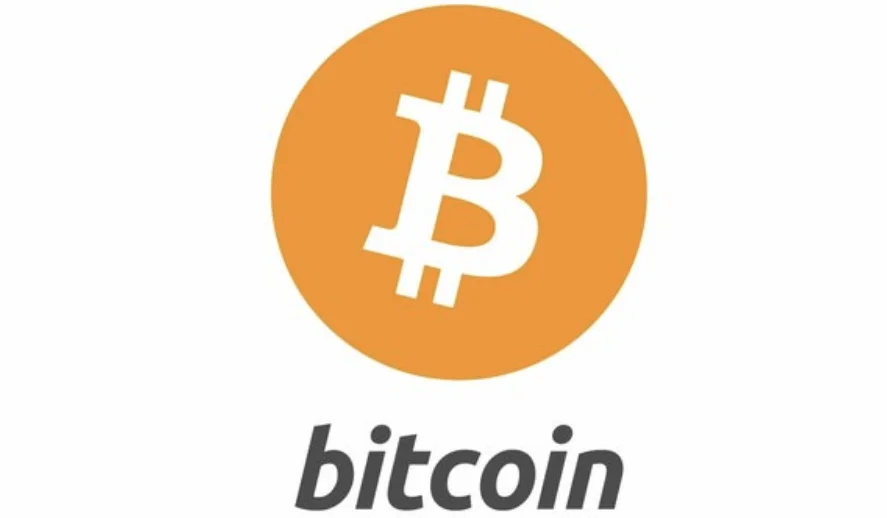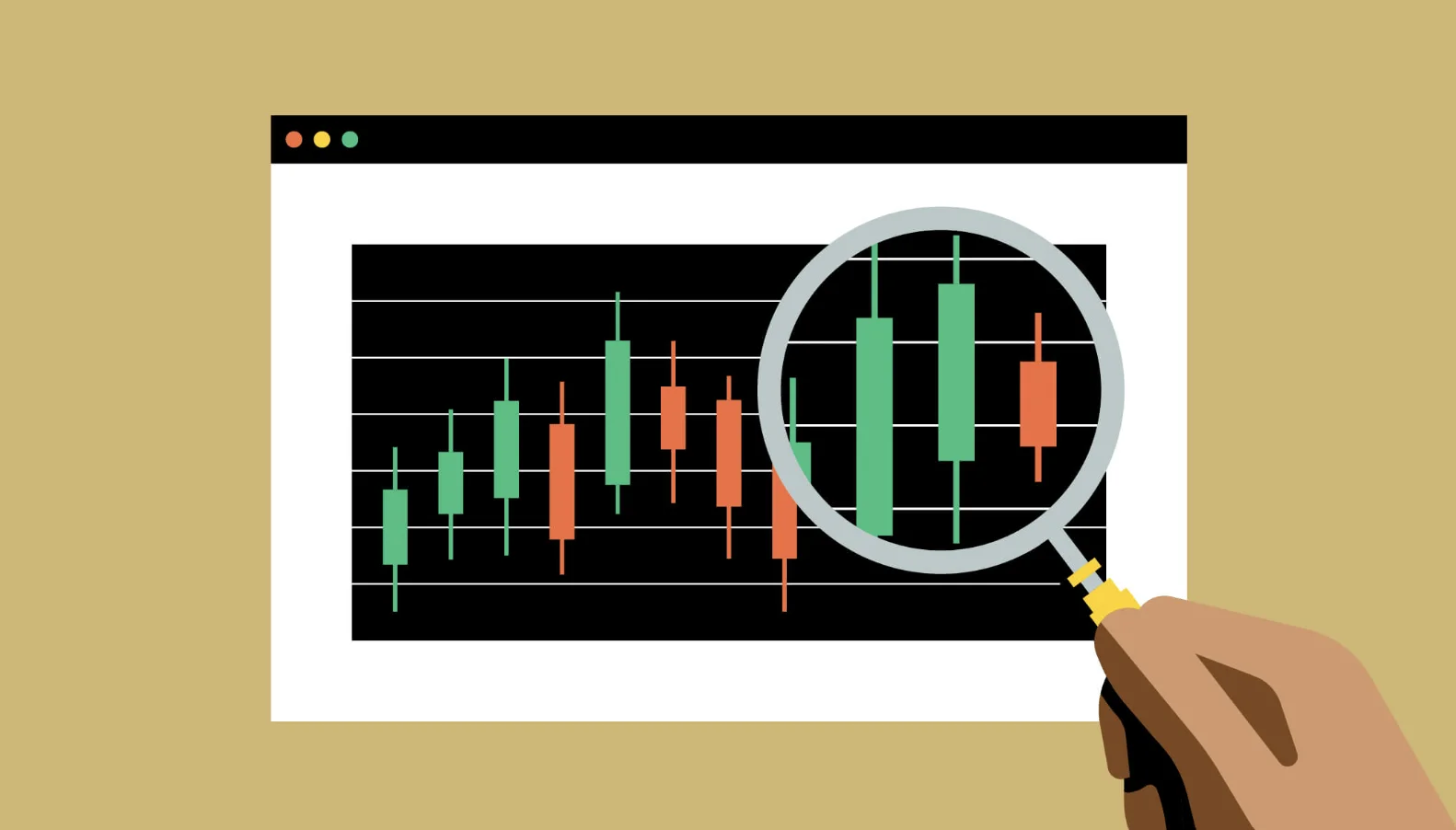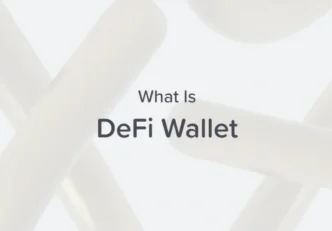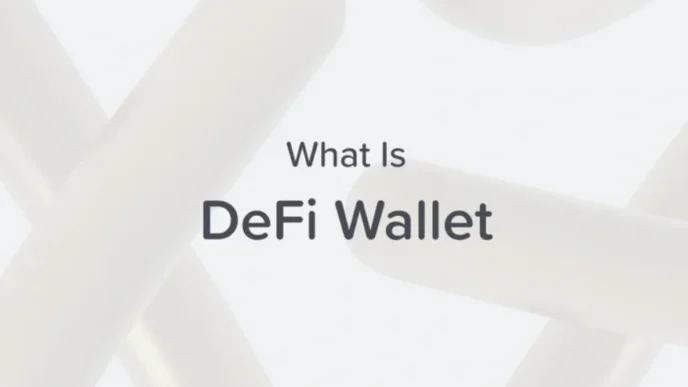What Does a Bitcoin Look Like?
Bitcoin itself is a digital asset without a physical form. It is represented by a unique alphanumeric string, typically starting with the number “1” or “3”.
The most recognizable visual symbol for Bitcoin is “₿”, a capital letter “B” with two vertical lines through it, resembling a dollar sign.
While Bitcoin doesn’t exist in a tangible form, there are physical representations like souvenir coins and digital wallet interfaces that help visualize it. The essence of Bitcoin lies in its blockchain technology, where each transaction is recorded in a decentralized ledger.
Understanding Bitcoin’s Visual and Digital Nature
Bitcoin is a decentralized digital currency that exists solely in electronic form. Transactions are recorded on the blockchain, a public ledger that ensures transparency and security. Each Bitcoin transaction involves a sender’s and receiver’s Bitcoin addresses, which are unique alphanumeric codes. These transactions are validated and added to the blockchain through a process called mining.

In terms of visual representation, Bitcoin is often depicted using its symbol “₿”. This symbol has become a universal identifier for cryptocurrency, transcending language and geographical barriers.
Physical bitcoins, like those created by Casascius and Titan Bitcoin, are collectible items that represent the digital currency with embedded private keys covered by tamper-evident holograms. These physical representations do not hold actual Bitcoin value but serve as tangible symbols for enthusiasts.
The Intricacies and History of Bitcoin
The Genesis of Bitcoin and Its Symbolic Representation
Bitcoin was introduced in 2009 by an anonymous person or group known as Satoshi Nakamoto. Nakamoto’s white paper, titled “Bitcoin: A Peer-to-Peer Electronic Cash System,” laid the foundation for this revolutionary digital currency.
The Bitcoin symbol “₿” was designed to visually represent the concept of a new era in digital finance. This symbol is now widely recognized and used across various platforms to denote Bitcoin.
The Role of Digital Wallets and Blockchain Technology
Digital Wallets
Bitcoin transactions are facilitated through digital wallets, which are software applications that store the unique private keys needed to access and manage Bitcoin holdings.
These wallets can be desktop, mobile, web-based, or hardware devices. Each wallet generates a unique address, a string of 26-35 alphanumeric characters, used for sending and receiving Bitcoin.
Blockchain Technology
At the core of Bitcoin’s infrastructure lies blockchain technology. The blockchain is a decentralized ledger that records all Bitcoin transactions across a network of computers. Each block in the blockchain contains a list of transactions, linked together in chronological order.
This structure ensures transparency and immutability, making it nearly impossible to alter transaction data once it has been added to the blockchain.
Mining is the process through which new blocks are added to the blockchain, involving complex mathematical computations to validate transactions and secure the network.
Also read:
What is a God Candle? Understanding This Crypto Phenomenon
What Is a Transaction Hash? Understanding Its Role in Cryptocurrency Transactions
Visual and Physical Representations of Bitcoin
Physical Bitcoins
Physical bitcoins are tangible items created to represent digital currency. One of the earliest examples is the Casascius coin, which contains an embedded private key and a tamper-evident hologram. These coins, although no longer produced, have become collectibles.
Another example is the Titan Bitcoin, which includes one Troy ounce of 24-karat gold along with a Bitcoin value. These physical representations serve as a bridge for those who find it challenging to grasp the concept of a purely digital currency.
Visualizing Bitcoin Transactions

Bitcoin transactions are visually represented through digital interfaces on wallets and blockchain explorers. Each transaction involves input (sender’s address), output (receiver’s address), and the amount of Bitcoin transferred.
These details are recorded on the blockchain, which can be viewed using blockchain explorers that provide a visual representation of the transaction flow and the network’s status.
In summary, while Bitcoin itself is a digital construct, it is often represented by symbols and physical collectibles. Its true essence lies in its blockchain technology and the decentralized, secure nature of its transactions. Understanding these aspects helps demystify what Bitcoin looks like and how it operates in the digital and physical worlds










